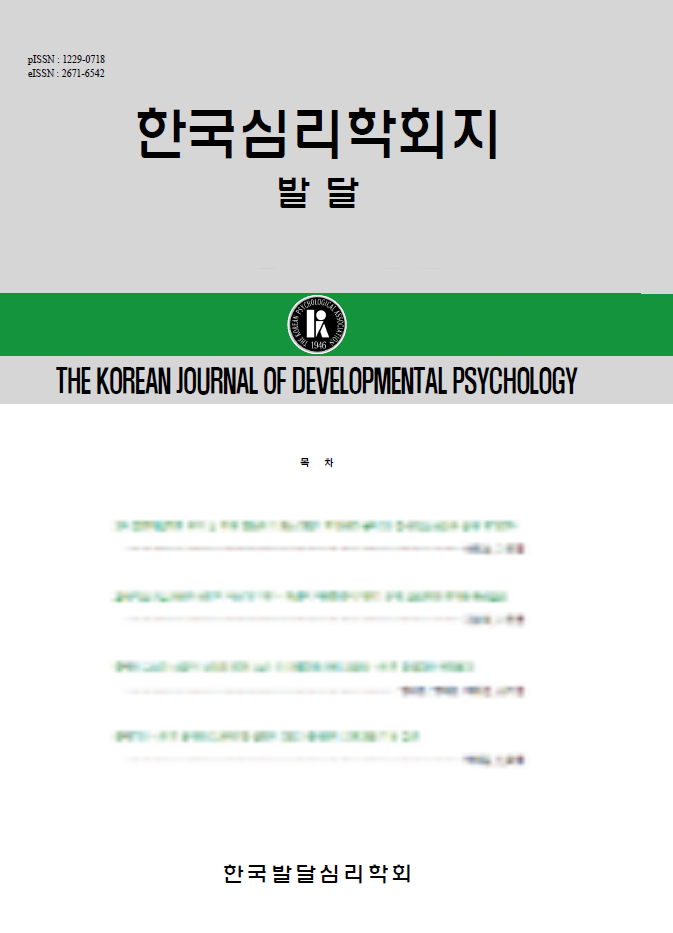open access
메뉴
open access
메뉴 ISSN : 1229-0718
ISSN : 1229-0718
This research was conducted to explore the relationship between rock music preference and antisocial behavior. The subject were male and female adolescents from 6th grade at primary school to first grade at college in Korea. Based on their preference on music, respondents were categorized as Rock/metal preference group(n=133, min age=16.4), Dance group(N=446, mean age=14.7), Ballad group(N=500, mean age=15.7). In addition, 79 adolescents who work in Rock bands or a member of fanclub of Rock bands were sampled as Rock Band(mean age =16.8). The Korean version of Sensation Seeking Scale(SSS-K: Zuckerman et al., 1978: Park et al., 1995) was used to measure sensation seeking motivation. To measure antisocial behavior, Antisocial Behavior Checklist(AHC: Kwak & Moon, 1995) was used. the results are as follows: Among the 4 different music preference group, Rock band and Rock/metal group reported highest ABC score. Rockband group reported high scores at items shout serious delinquency, and Rock/Metal and Rockband group reported more light delinquency than others. SSS-K score was also high at Rockband and Rock/metal group, especially at experience seeking, disinhibition, and thrill & adventure seeking subscales, The Rockband group members would be considered as more committed and exposed to rock music, so this result means that the generally accepted idea of rock music as an antisocial subculture is somewhat true, But when Rockband group was excluded, the main effect of music preference on antisocial behavior was not significant without the covariance of sensation seeking motivation. This results indicated that the relationship between rock music preference and antisocial behavior would be mediated by sensation seeking motivation. The implication of this result in adolescent's rock music preference were discussed.
